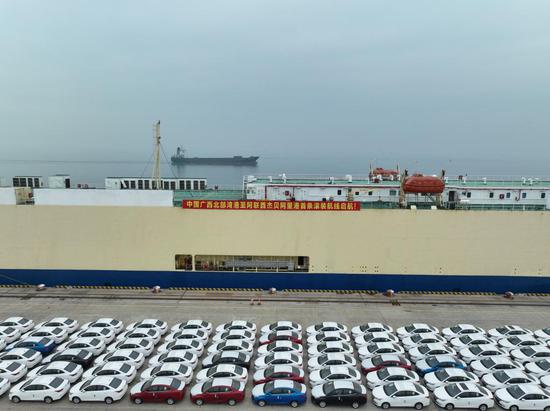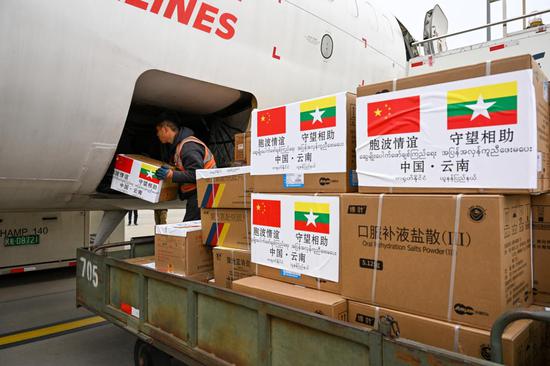(ECNS) -- From January 2022 to December 2024, China maintained a significant trade surplus with ASEAN, the European Union, the United States, and Mexico, while recording a noticeable trade deficit with Australia and South Korea, according to a recent Fudan University report.
It also shows that China's exports to emerging markets, particularly BRICS countries, grew rapidly from 2022 to 2024.
The research team developed two core indexes, the trade volatility and supply relationship volatility index, to measure fluctuations in China's foreign goods trade and the dynamics of supply relationships between Chinese and overseas enterprises, respectively.
According to the trade volatility index, from 2022 to 2024, China's export volatility was highest with ASEAN countries, BRICS nations, and the United States, which rank in the top three. In contrast, South Korea, Canada, and Australia were the last three, reflecting relatively consistent export patterns.
The analysis shows that high volatility in exports to ASEAN and BRICS countries was primarily driven by a continuous increase in export share, while the volatility in exports to the United States stemmed mainly from a decline.
According to the supply relationship volatility index, Japan, the European Union, and the United States rank in the top three, while Mexico, ASEAN countries, and Australia were in the last.
Based on approximately 18 million foreign trade records, the research team developed a volatility index covering nine major trading partners and 22 key product categories, along with corresponding indicators of supply relationship volatility.
Wu Xiaole, director of the Global Supply Chain Research Center under Fudan University, oversaw the report compilation. He said that he would continuously improve the index system to provide users with more targeted insights, and gradually turn this tool into a window for understanding China's interactions with the global economy.
(By Gong Weiwei)


















































 京公网安备 11010202009201号
京公网安备 11010202009201号